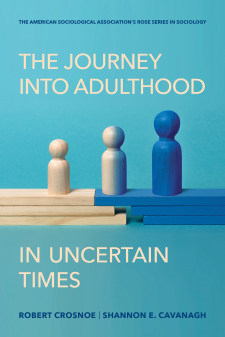Measuring and Analyzing Boundary Rhetoric Over Time
Contemporary public debate often frames immigrants and their descendants as "others" who are different from "us," where "us" is most often defined as white Americans. Language that separates “us” and “them,” known as boundary rhetoric, can have political consequences. Policymakers used exclusionary boundary rhetoric to describe Japanese Americans as a threat during World War II, leading to their internment. Recently, as the number of Latinx immigrants has grown, boundary rhetoric has spurred support for English-only policies and increased Federal immigration enforcement. Public officials use rhetoric to devise policies that shape the social and economic opportunities available to different groups. This research project will examine boundary rhetoric within Congressional speeches to investigate how immigrant-related rhetoric has changed from 1930 to 2020. Using computational methods, the researchers will investigate how ethnic, racial, language, and citizenship boundaries are used in political discourse, and how growing population diversity and changing immigration policies affect their focus. They will examine three primary research questions. First, what groups are the intended targets of immigrant-related boundary rhetoric during different historical periods? Second, what factors shape the focus and strength of such rhetoric over time? Finally, how and why do political elites differ in their use of immigrant-related boundary rhetoric? The project will draw on data from the Congressional Record from 1930 to 2020, a period of multiple immigration waves.





